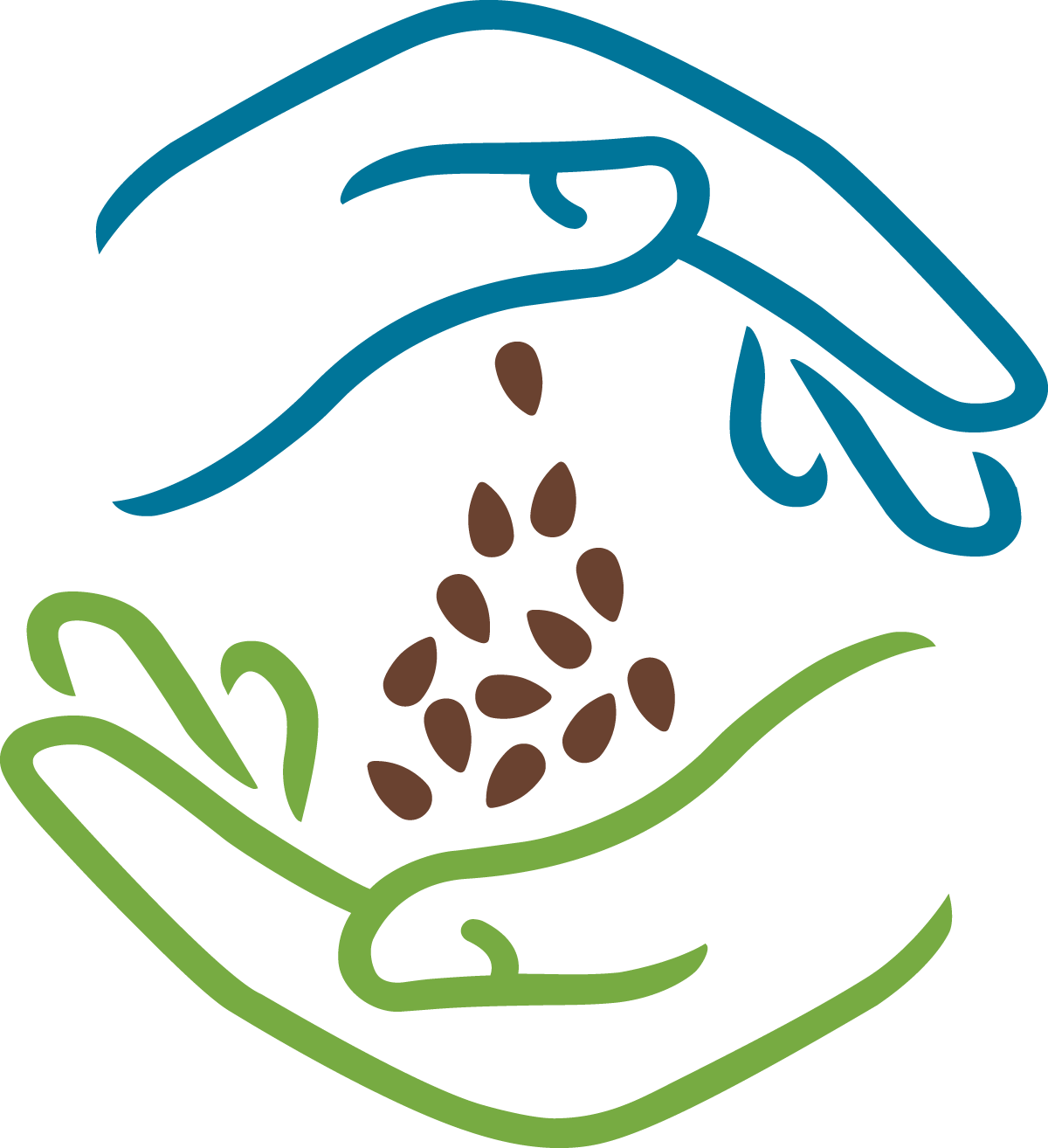Slow Food, Slow Money... Slow Seeds
/Over the past several months I’ve identified 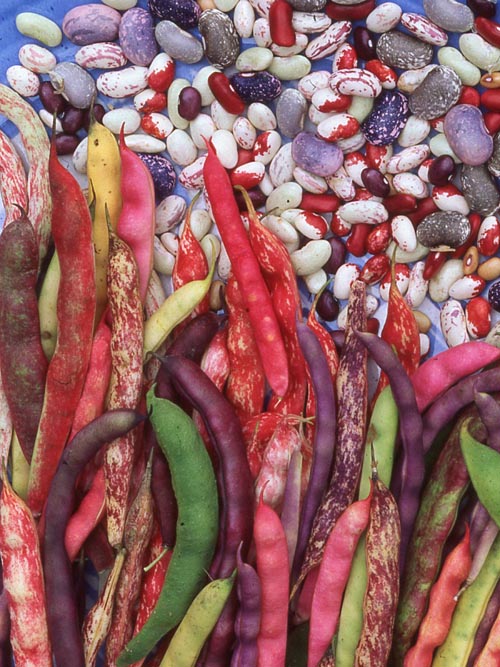 with the Johnny Cash song, “I’ve Been Everywhere.” I’ve been speaking at seed guilds, seed libraries, seed banks, seed rallies, seed conferences and seed classes. But my audience hasn’t been limited to only seed enthusiasts and gardeners. I’ve found myself helping to restore the neglected bridge between seeds and food, culture, and society.
Recently I returned from speaking in Pennsylvania at a Slow Food Harrisburg Farm-to-Table dinner. For many Seed Savers Exchange supporters, the connection between Slow Food and heirloom seeds is clear. We need to preserve our food crop heritage for future generations, and seeds are a vital aspect of this task. You can see all the wonderful SSE seed varieties nominated to Slow Food’s Ark of Taste here.
with the Johnny Cash song, “I’ve Been Everywhere.” I’ve been speaking at seed guilds, seed libraries, seed banks, seed rallies, seed conferences and seed classes. But my audience hasn’t been limited to only seed enthusiasts and gardeners. I’ve found myself helping to restore the neglected bridge between seeds and food, culture, and society.
Recently I returned from speaking in Pennsylvania at a Slow Food Harrisburg Farm-to-Table dinner. For many Seed Savers Exchange supporters, the connection between Slow Food and heirloom seeds is clear. We need to preserve our food crop heritage for future generations, and seeds are a vital aspect of this task. You can see all the wonderful SSE seed varieties nominated to Slow Food’s Ark of Taste here.
Soon I’ll be leaving for Boulder, Colorado to speak at the Slow Money National Gathering. Slow Money describes itself as a new kind of investing concentrated on replacing an economy based on extraction and consumption with an economy based on preservation and restoration. Our mission at Seed Savers Exchange is similarly focused on preservation and restoration. Slow Money founder Woody Tasch explains: "For someone who knows what diversity means, knows how important it is, this is a form of economic diversity... Taking those same principles and not just doing it with your seeds, but doing it with where your capital is going, where your money is being invested."
From Slow Food to Slow Money, slow seeds may indeed be the critical link that holds this and so much more together in our world.
Our mission is to conserve and promote America's culturally diverse but endangered food crop heritage for future generations by collecting, growing, and sharing heirloom seeds and plants. www.seedsavers.org

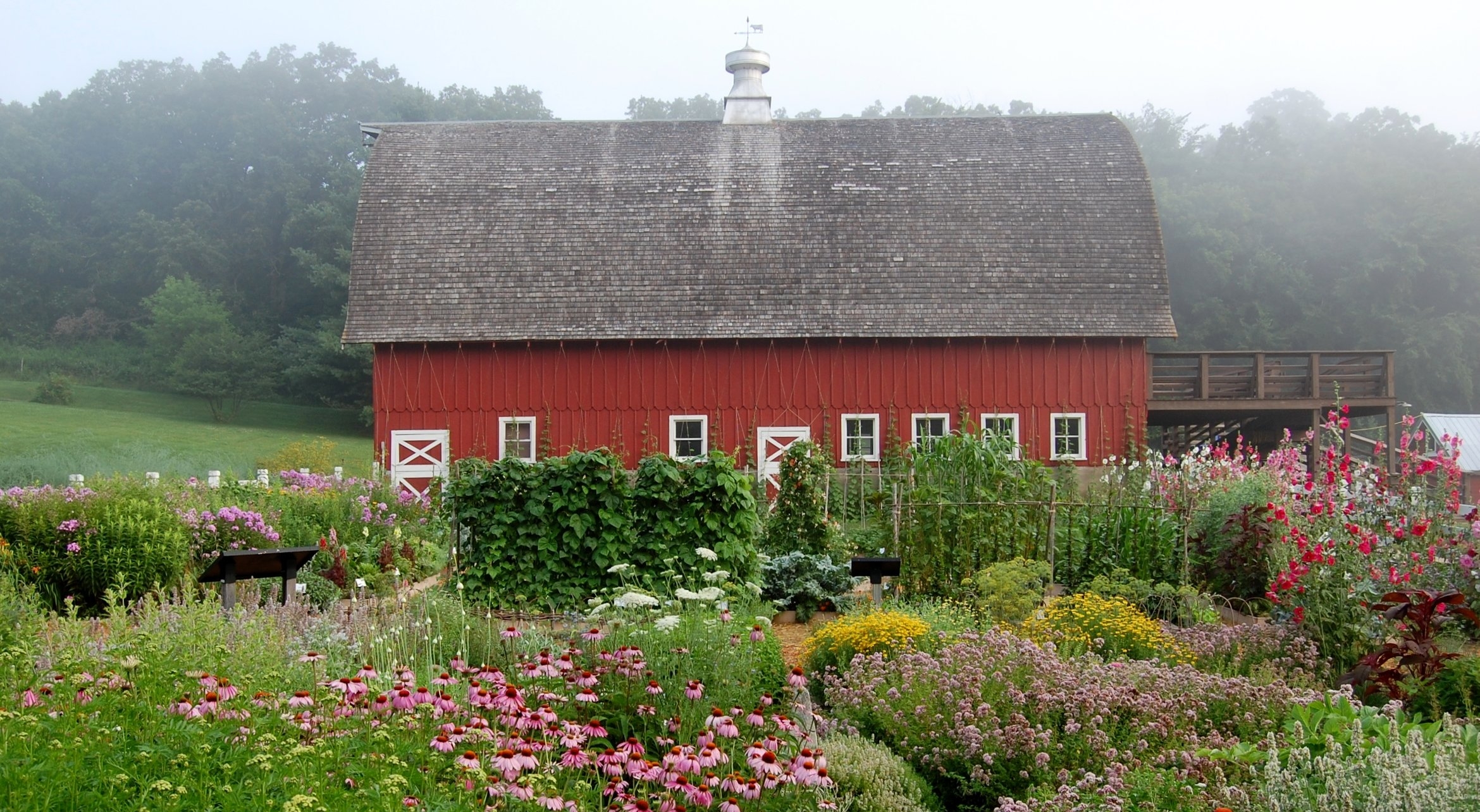


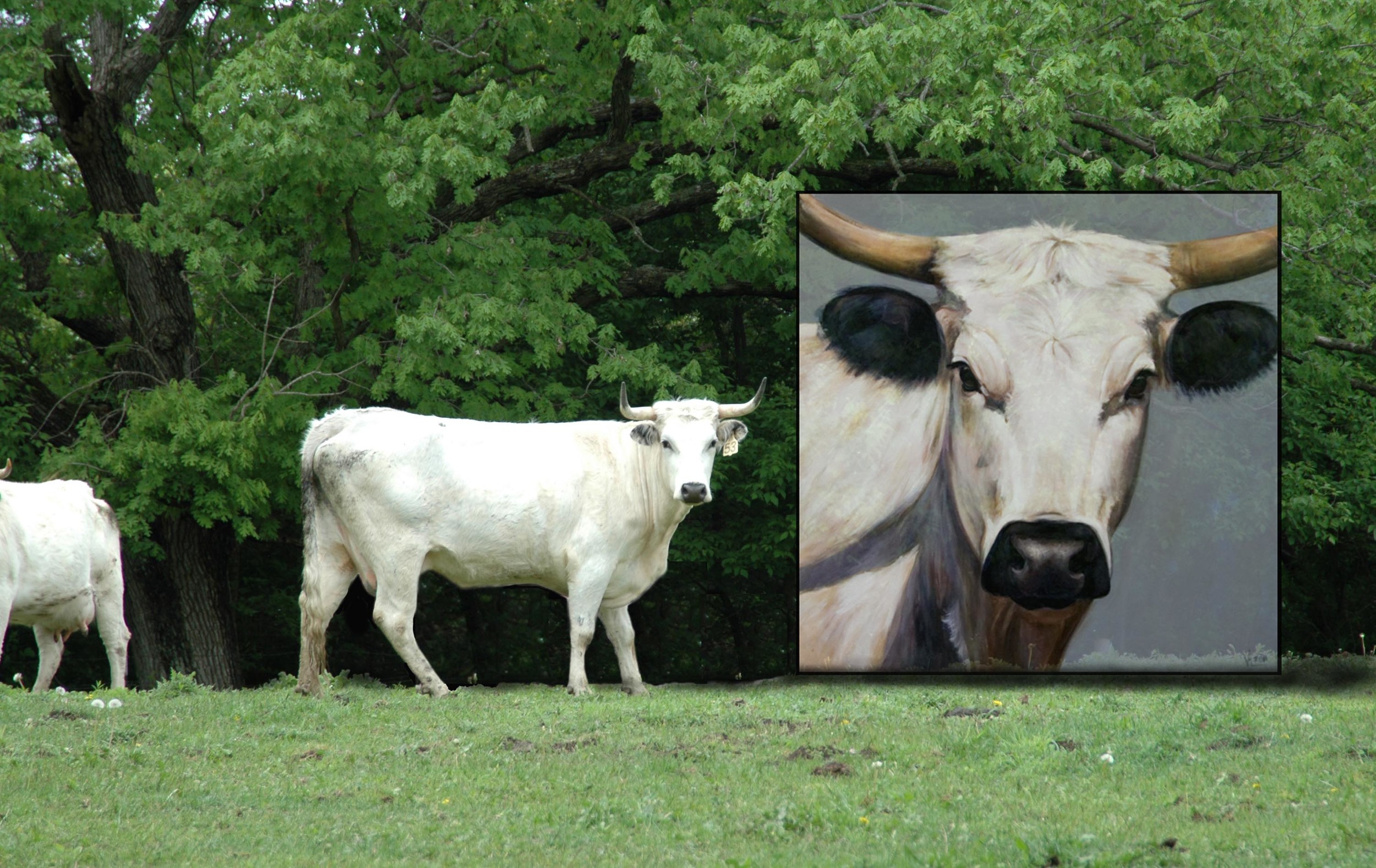
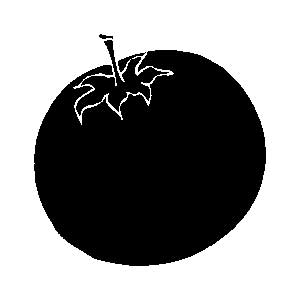 find vegetable varieties, will include staff favorites like the deep maroon amaranth ‘Kerala Red,’ a nearly black lettuce ‘Revolution-Evolution,’ a classic mustard known as ‘Myers’ Family Heirloom, and the relentlessly fruitful tomato ‘Tiny Tim Yellow.’ Transplants will be sold for $3 for 3 inch pots, and $4 for 4-packs, available in limited quantities. SSE staff will also be on hand during the event to answer gardening and seed saving questions.
find vegetable varieties, will include staff favorites like the deep maroon amaranth ‘Kerala Red,’ a nearly black lettuce ‘Revolution-Evolution,’ a classic mustard known as ‘Myers’ Family Heirloom, and the relentlessly fruitful tomato ‘Tiny Tim Yellow.’ Transplants will be sold for $3 for 3 inch pots, and $4 for 4-packs, available in limited quantities. SSE staff will also be on hand during the event to answer gardening and seed saving questions.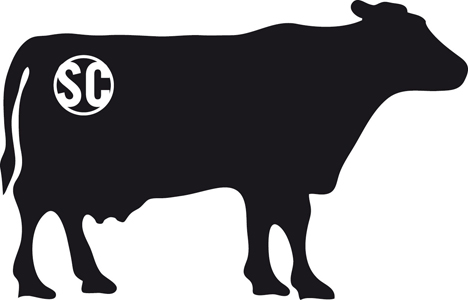 than life canvases by Waukon artist Valerie Miller of Steel Cow Gallery. The exhibit shows Valerie's Ancient White Park 'girls' and 12 of their closest bovine friends. Walk along the trails to view these jumbo prints placed in the pastures at SSE's Heritage Farm. The Ancient White Park cattle, a threatened heritage breed, roamed the British Isles over 2,000 years ago.
than life canvases by Waukon artist Valerie Miller of Steel Cow Gallery. The exhibit shows Valerie's Ancient White Park 'girls' and 12 of their closest bovine friends. Walk along the trails to view these jumbo prints placed in the pastures at SSE's Heritage Farm. The Ancient White Park cattle, a threatened heritage breed, roamed the British Isles over 2,000 years ago.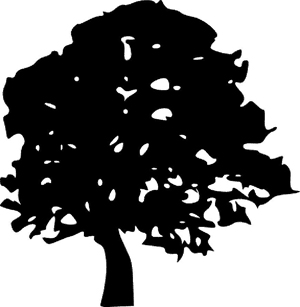 College associate professor of music Brooke Joyce. Professor Joyce is using the money to create an outdoor sound installation at Seed Savers Exchange in Decorah.
College associate professor of music Brooke Joyce. Professor Joyce is using the money to create an outdoor sound installation at Seed Savers Exchange in Decorah.
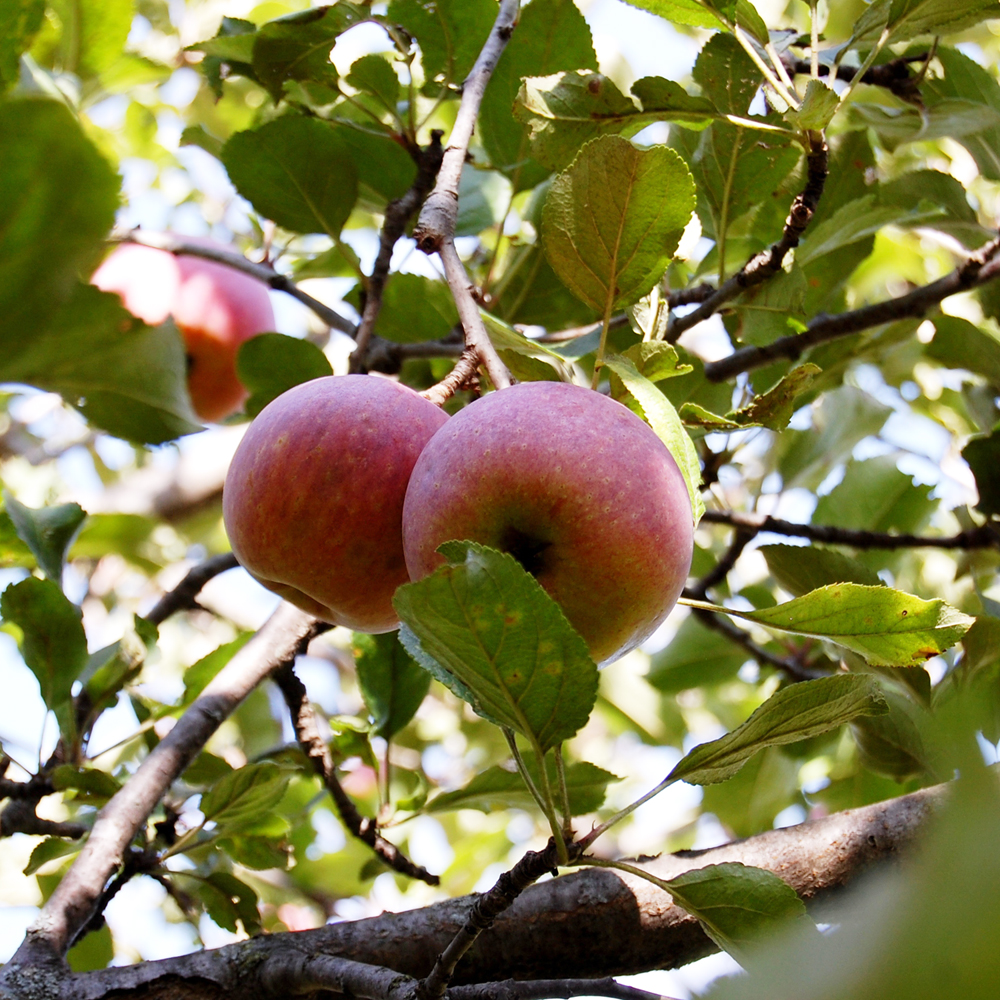
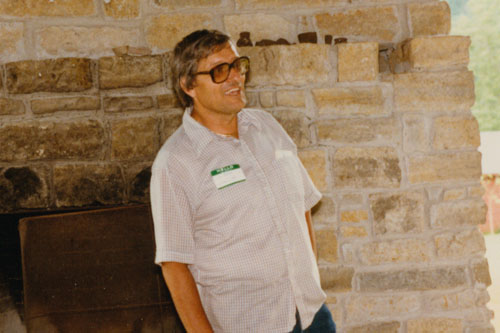
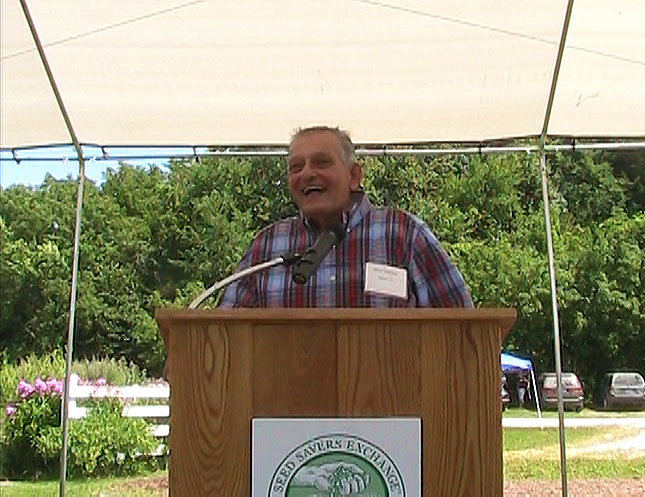

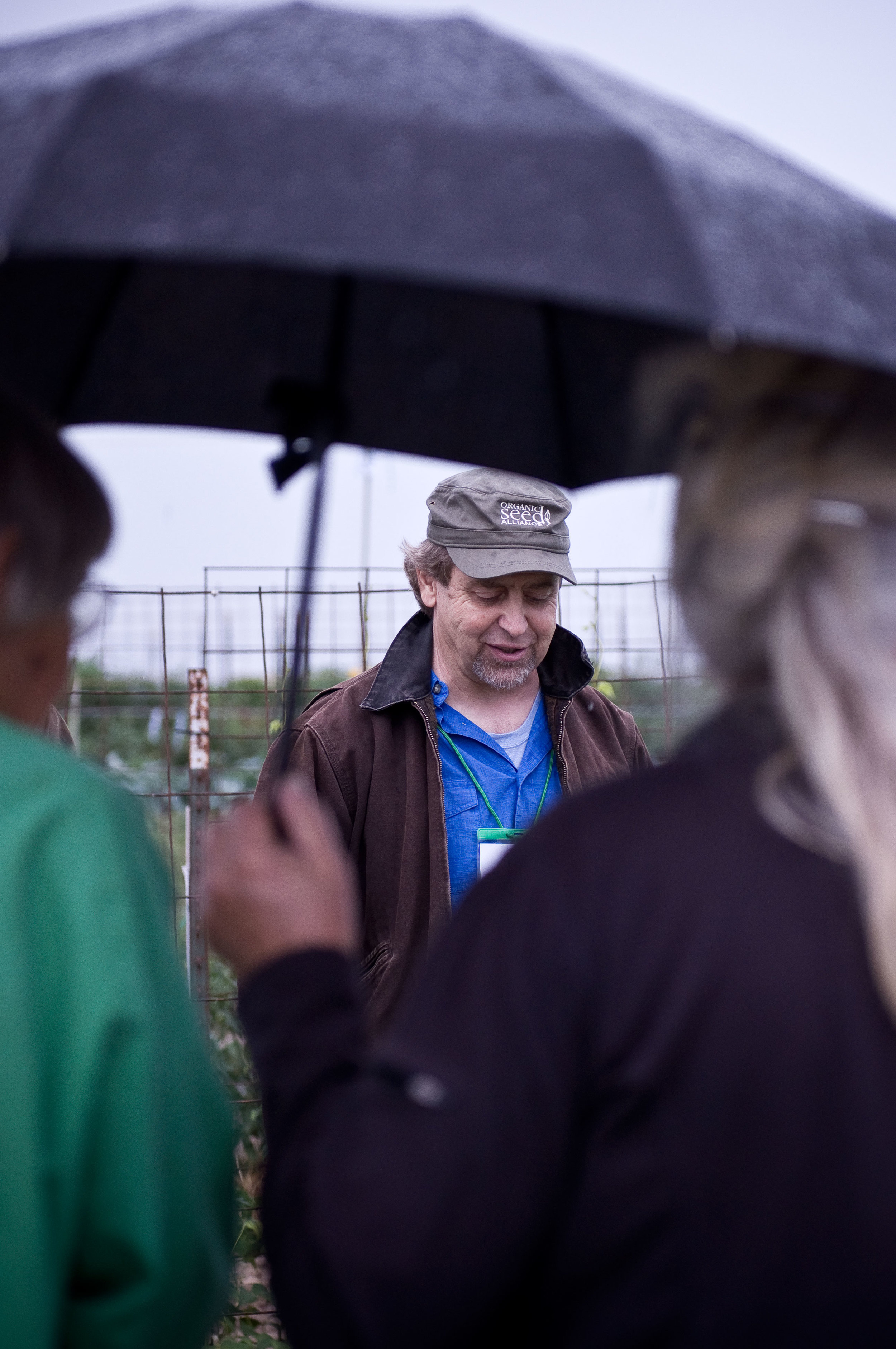

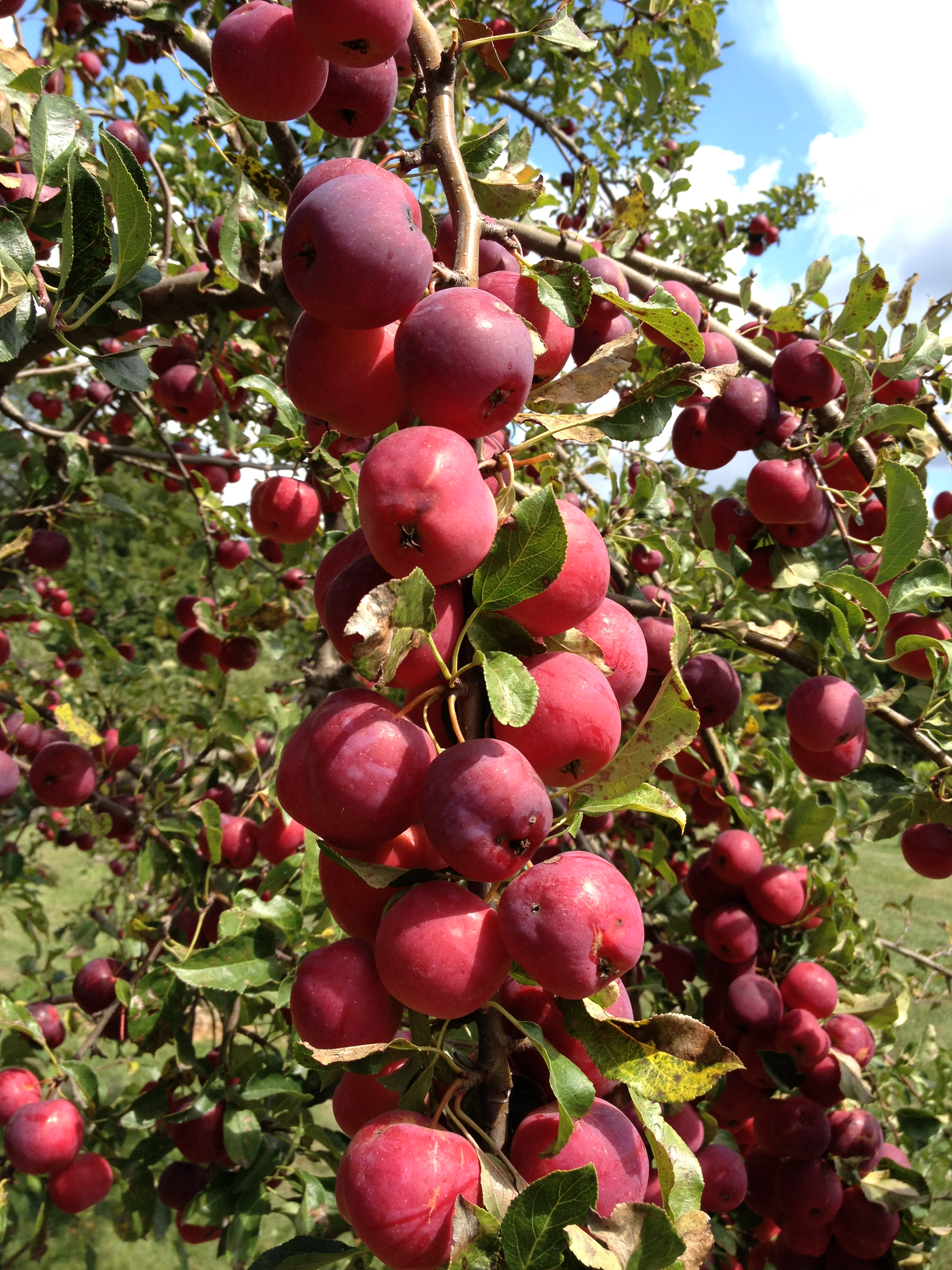
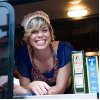 1:00pm Emily Torgrimson—“Sponsoring community meals to support charitable organizations.”
1:00pm Emily Torgrimson—“Sponsoring community meals to support charitable organizations.” 3:00 pm Dan Carmody—"Developing Regional Food Systems." Carmody is the President of the
3:00 pm Dan Carmody—"Developing Regional Food Systems." Carmody is the President of the 

